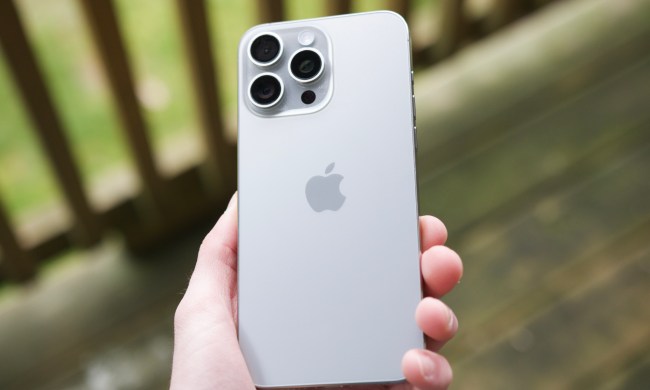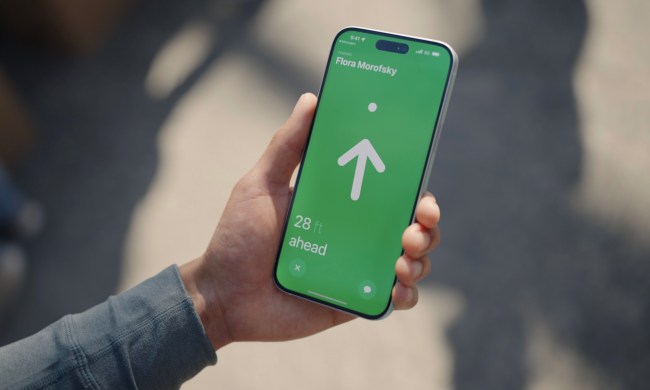No one is going to quibble with the idea that mobile phones have been an amazing addition to our lives, but the results of new research this week suggest the ubiquitous device is also sending quite a few of us to the emergency room. And the problem is only getting worse.
The study, published on Thursday in JAMA Otolaryngology–Head & Neck Surgery, suggests that cellphone-related injuries are on the rise, highlighting that while many of the injuries are minor, such as cuts and bruises, others can result in long-term physical complications for the person involved.
Some of the injuries listed in the report were caused by the device itself, such as a battery exploding or the phone accidentally hitting someone, but most were the result of distraction as the user walked along the street or operated a vehicle.
Focusing on cellphone-related injuries to the head and neck, the team, led by New Jersey-based reconstructive surgeon Dr. Boris Paskhover, gathered its data from the National Electronic Injury Surveillance System, which holds information on emergency room visits from around 100 U.S. hospitals.
The results showed that between January 1998 and December 2017, 2,501 patients suffered an injury through phone use, a figure that, if scaled nationally, would amount to just over 76,000 people, the report said. Lacerations were the most common injury, though broken bones and even brain injuries were also listed.
A study conducted by the Consumer Product Safety Commission in 2011 showed that a mere 1,150 people in the U.S were treated for phone-related injuries, though it should be noted that a different method was used to gather the data.
The report found that those between 13 and 29 were most at risk from suffering some kind of head or neck injury caused by distracted walking or driving, while at the same time pointing out that 90 accidents occurred while playing Pokémon Go.
It added that according to its data, the accident rate rose slowly until 2007, when the arrival of the iPhone marked the start of a much sharper rise.
“Although mobile telephones were gaining popularity prior to that point, their functions were limited and they were therefore less likely to be major distractions when compared to modern-day smartphones,” the team said in the report.
The problem is deemed so serious that the study’s authors said it may be necessary to introduce some form of education program to tackle the problem.
Up to now, ideas designed to halt the rise in phone-related accidents have included traffic lights embedded in the ground at crosswalks, texting lanes to impose order on the sidewalk, and fines for using a mobile device while crossing the street. Anything to stop you plunging into an icy canal while texting, eh.


